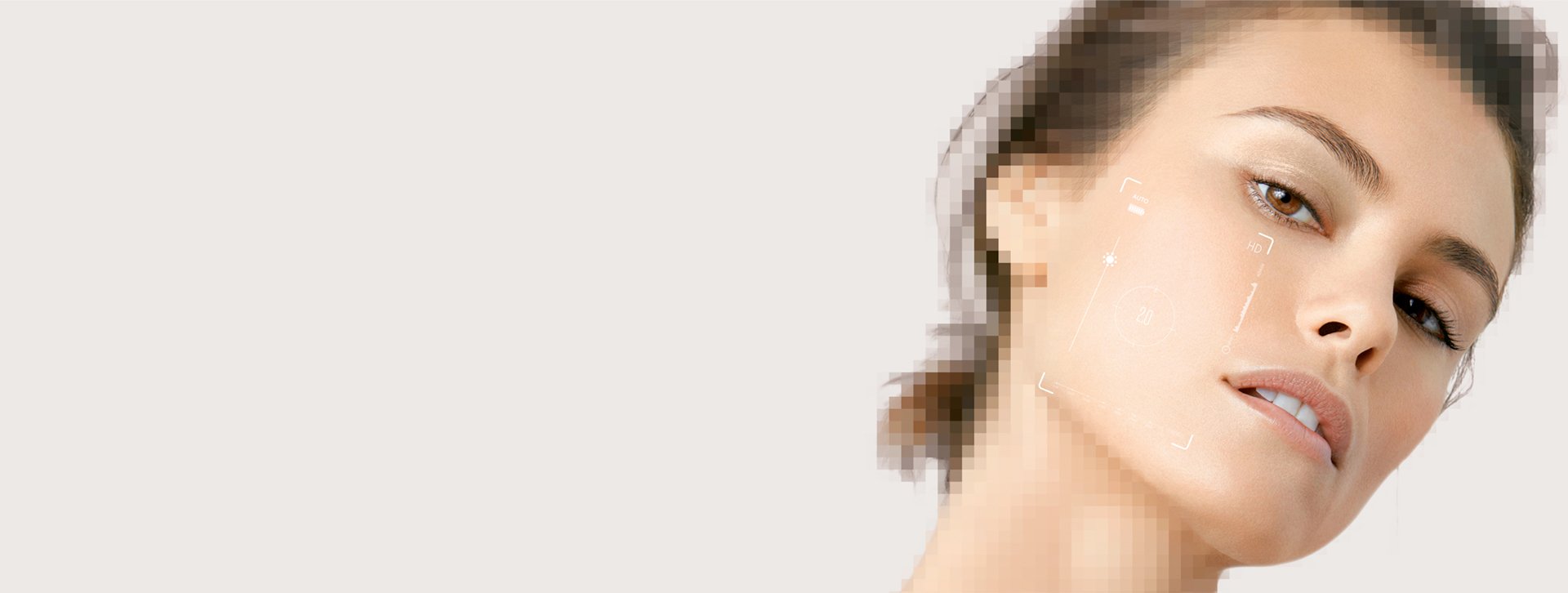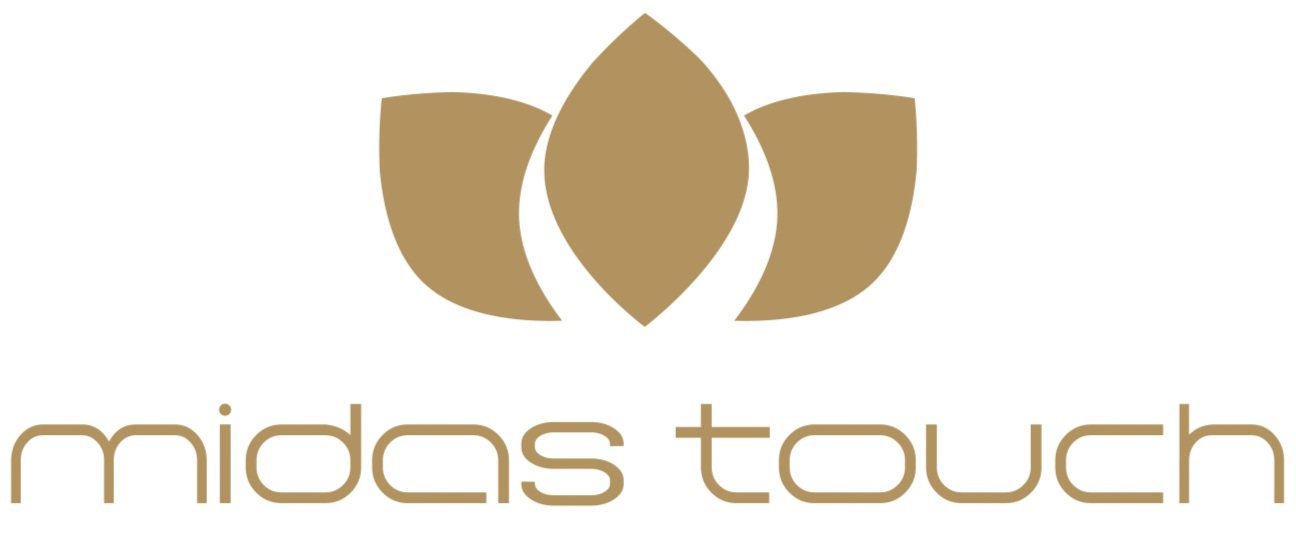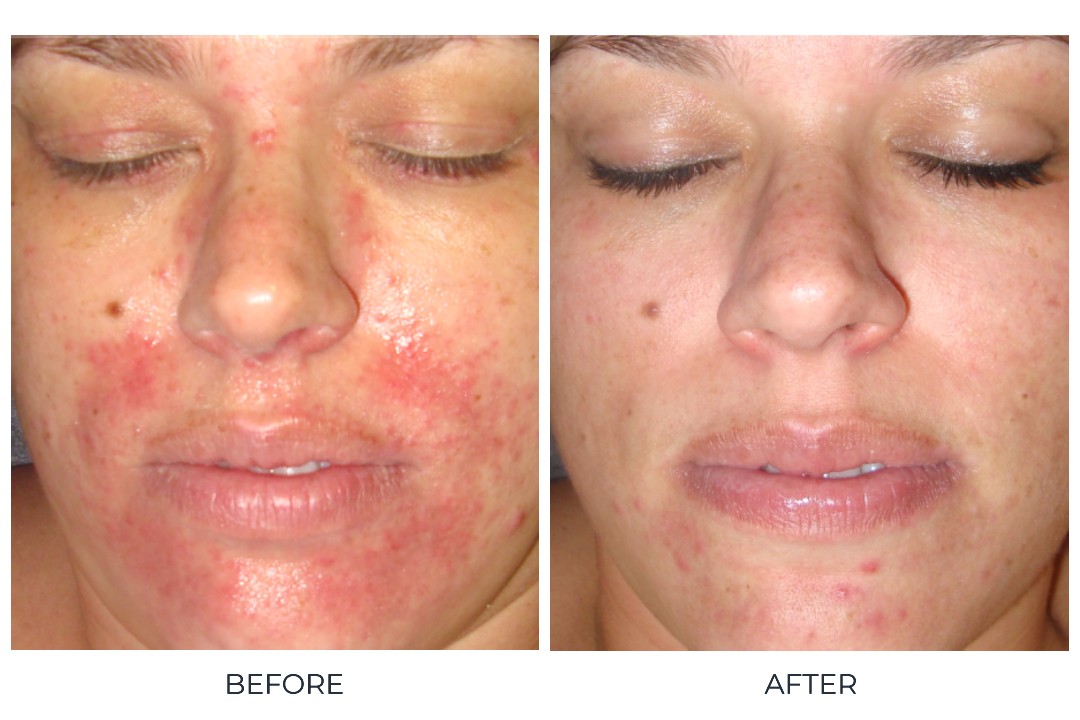
DERMACEUTIC CHEMICAL PEELS
THE EXPERT IN AESTHETIC DERMATOLOGY
Dermaceutic was founded in 2002 on the strong belief that science is the skin’s natural ally. Using the best scientific expertise, our Dermaceutic chemical peels strengthen and support the skin’s natural powers, for faster and more effective results.
ELEVATE YOUR SKINCARE THIS NEW YEAR
Start the year with a fresh glow. Chemical peels speed up natural exfoliation, revealing smooth, radiant skin on the face, neck, décolleté, hands, or body.
Start the year with clear skin: Perfect for acne-prone skin, chemical peels reduce oiliness, fade mild scars, and give your skin a fresh start for the new year.
Soften fine lines: Reduce wrinkles and sun damage with chemical peels. Begin the year with smoother, firmer, and younger-looking skin.
Brighten and balance skin tone: Fade pigmentation, age spots, and melasma for a clear, even complexion. Clear out the old and start the year with brighter, healthier skin.
DERMACEUTIC CHEMICAL PEELS
DERMACEUTIC MASK PEEL
A professional cosmetic peel for the appearance of oily and acne-prone skin, dilated pores and excess sebum. It purifies the epidermis and tightens pores. Safe and suitable for all skin types and phototypes, with no social downtime ( we call it the lunch peel), little to no skin shedding, and can accompany antibiotic treatments.
Single Treatment - €85
Course of 4 at 2-week intervals - €280
BACK PEEL
For the appearance of oily and acne-prone skin, dilated pores and excess sebum found on the back. This treatment is effective in cleaning the epidermis and tightening pores. This treatment can be delivered with zero downtime and with little to no skin shed post treatment.
Single Treatment - €125
Course of 3 at 3-week intervals - €350
DERMACEUTIC MILK PEEL
Intended for the treatment of dry skin, this treatment boosts collagen production and improves the appearance of fine lines and wrinkles.
Single Treatment - €95
Course of 4 at 2-week intervals - €300
DERMACEUTIC CRYSTAL PEEL
Intended for the treatment of mild acne, keratosis pilaris and superficial pigmented lesions. Suitable for all skin types and phototypes, this treatment boosts collagen production and improves the appearance of fine lines and wrinkles as well as reduces pore size & decreases sebum, fades pigment spots & post-acne pigmentation, improves acne symptoms, skin texture, mild photoaging & rough skin, and treats epidermal melasma & post-inflammatory hyperpigmentation.
Single Treatment - €125
Course of 3 at 3-week intervals - €350
REAL RESULTS
FAQ’S
-
A chemical solution is applied to the skin to accelerate the skin’s natural exfoliation in a controlled way, so that new skin can grow in its place.
-
Chemical peels can be applied to the face, neck, décolleté, hands and other body parts. They are used to address acne-prone skin, premature skin ageing and pigment spots and melasma.
-
To understand how chemical peels work, you need to understand about skin.
On a cellular level, we understand that the skin has a natural turnover / renewal cycle which slows with age. This leads to the skin’s appearance looking dull, collagen levels becoming depleted, and the epidermis flat and thinner.
This lack of renewal then gives way to the dermis beneath becoming more susceptible to UV exposure, deep lines, pigmentation & photodamage, and injury. The epidermis will also have textural changes, mutations such as pre-malignant and malignant lesions, the skin will be noticeably less dense with dryness and vascular changes.
In a skin clinic, the scope mainly pertains to the epidermis and dermis, although tissue fillers and botulinum toxin injections will work in the other areas of the skin & muscle. The signs of aging within the dermis and on the epidermis and due to the skin's structural elements in these areas, which we can treat.
There are many different treatments that can be done but the safest, and most widely used is chemical peels.
-
A chemical peel may not be done if you have:
Recently used isotretinoin (a drug used to treat acne)
Had a recent facial surgery or facial radiation therapy
An active herpes infection affecting the area to be treated
Known allergies to certain medicine
If you are pregnant or breast-feeding
If you are unsure, you should discuss any concerns with your doctor before your peel session.
-
At Midas Touch we offer both Superficial and Medium peels.
Superficial peels are the mildest type of chemical peel and can be used on all skin types. These professional treatments usually contain mild acids AHA and BHA, most particularly glycolic acid.
Medium peels penetrate the skin more deeply than superficial peels and cause a visible skin desquamation. TCA and sometimes Phenol are the main peeling agents used in medium peels.
-
Your skin specialist will help you choose the most adapted peel treatment based on:
The skin condition to be addressed
The kind of results you would like to achieve
The downtime and post-treatment care you are willing to accept
Your skin type and phototype
You will be prescribed some pre-treatment products to prepare your skin. These must be used for a minimum of two weeks prior to your first peel.
-
Superficial peels – Mask and Milk peel
The redness will disappear a few minutes after the peel, thanks to the application of a post-treatment moisturiser. Moisturise and apply sun protection as often as necessary over the next 2 to 3 days. Your skin may feel tight but smooth and some desquamation (peeling) may occur. Most clients return to their normal activities immediately after the peel.
Medium peel - Mela peel
During the first few days after the peel, there may be some swelling, especially if the area around the eyes is treated. The skin will then flake off gradually and be replaced by new, fresh skin. It will take 5 to 7 days for the skin to restore itself completely, during which time it should be kept hydrated by moisturising.
It is essential to protect the new, sensitive layer of skin with a high protection sunscreen during the whole treatment period and for at least one month after the peel.
-
It is recommended to combine the in-clinic sessions with an adapted homecare program to stimulate the skin and boost the efficacy of the in-clinic session.
Pre-Peel
Prepare the skin 15 days before the first peel.
3 days before your peel, avoid exfoliation, waxing & shaving.
2 days before your peel, stop using stimulating homecare products.
Post Peel
A slight stinging or ‘hot’ sensation may be felt.
Dryness and light redness of the skin is normal.
Avoid saunas, hot showers, and swimming (heat, chlorine etc.
Avoid scrubs, exfoliation, or any kind of irritation.
Do not scratch in case of little scabs.
Restore and protect the skin after each peel
During your treatment
Absolutely no exposure to the sun or sunbeds.
Apply Sunscreen SPF50+ when you go out and reapply every two hours.
Apply Dermaceutic post treatment products as often as necessary.
There may be some desquamation during the 3rd and 4th day following the treatment.




